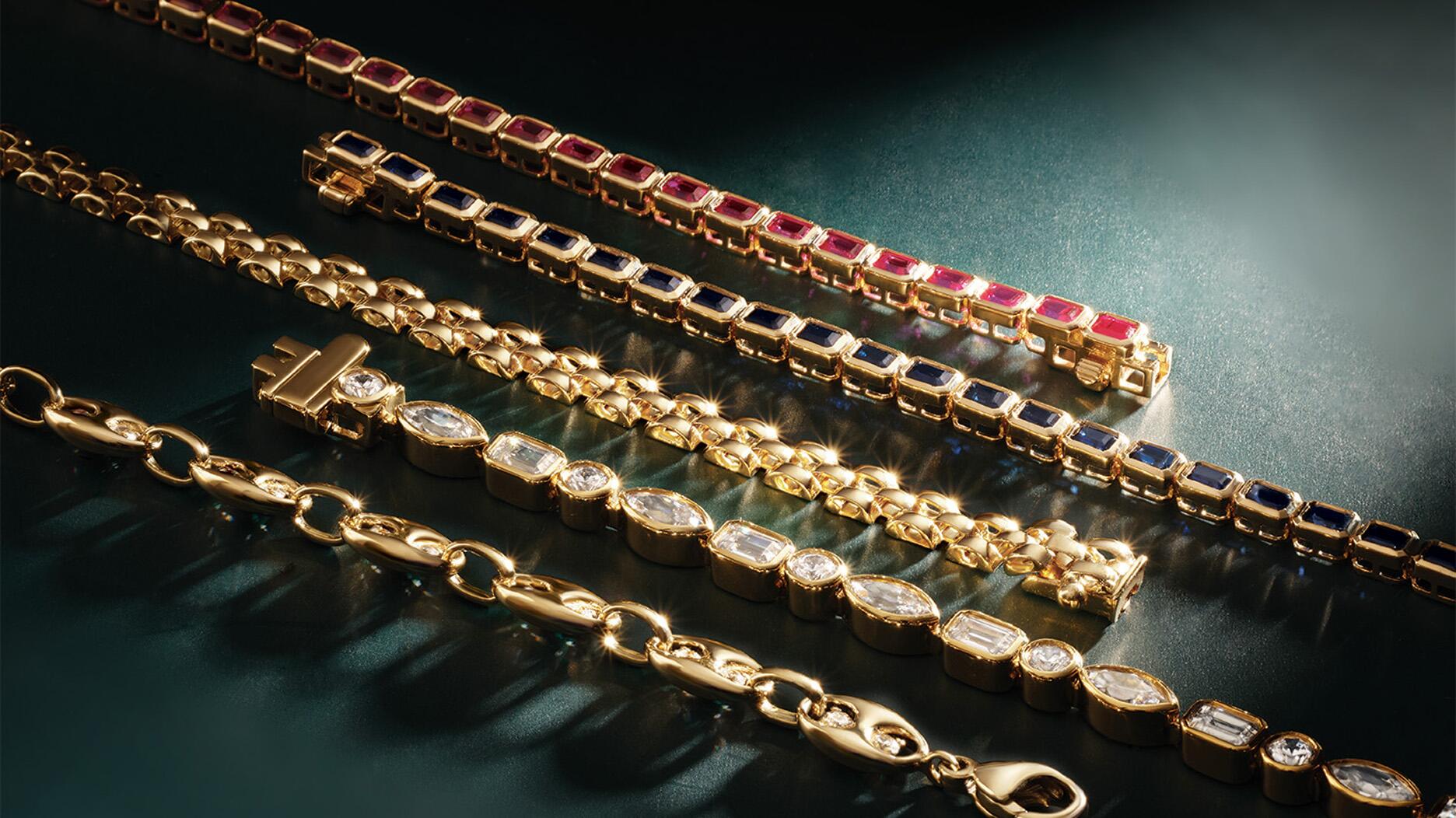The new pink sapphire version of the piece dances with its wearer in the brand’s “Icons After Dark” holiday campaign.
Consumers Saw Lightbox. Here’s What They Wanted to Know
At a pop-up shop in New York, De Beers is giving the public the chance to see its lab-grown line in person for the first time.

New York—De Beers used to spread the message that “A Diamond Is Forever” around Grand Central Station at holiday time, appealing to the 750,000+ commuters crisscrossing the classic transit hub every day.
This year, the diamond miner and marketer is at it again, but now its promoting lab-grown diamonds at the Oculus, the two-year-old, ultra-modern transit hub at the site of the rebuilt World Trade Center.
Call it a sign of the times.
Back in September De Beers launched Lightbox, a line of moderately priced (the most expensive pieces on the site, 1-carat diamonds set in 10-karat gold, are $1,000) fashion jewelry set with man-made diamonds grown by its Element Six arm in the United Kingdom.
The line is fairly limited at this point—just blue, pink and white lab-grown diamonds set in either pendants or earrings, with blue and pink studs the runaway successes so far, said Lightbox Head of Marketing Sally Morrison.
It is sold online only, which means consumers haven’t had a chance to see, touch and feel it—until this week.
On Monday, Lightbox opened a pop-up shop at the Oculus, and this editor popped by Tuesday afternoon around 3:30, shortly before evening rush hour was in full effect, and lingered until a little after 5.
What became apparent in that time is this: Consumers are drawn in when they see something sparkly.
There was a constant stream of people in and out of the 20’ x 20’ structure the entire time.
But they don’t know as much about lab-grown diamonds as many in the trade might think, and there is confusion about how man-made diamonds differ from simulants.
“I’m intrigued. I’ve never heard of this before,” one woman wearing natural diamond stud earrings said as she entered the Lightbox space.
After the product and pricing was explained to her—it starts at $200 for a quarter carat and goes up to $800 for 1 carat, plus the cost of the setting—she seemed to like the idea, noting that lab-grown diamonds are “an accessible way to be able to give people a diamond.”
Multiple customers asked about the difference between lab-grown diamonds and CZ, and between the stones and another diamond simulant, moissanite, echoing the comments consumers made when National Jeweler conducted an informal poll on lab-grown diamonds four years ago.
There were also a lot of questions about how the quality of lab-grown diamonds compare
“There’s a lot of education to do, not just about our product but the category in general,” Morrison said Tuesday afternoon in an interview at the Lightbox booth. “There’s a lot of confusion.”
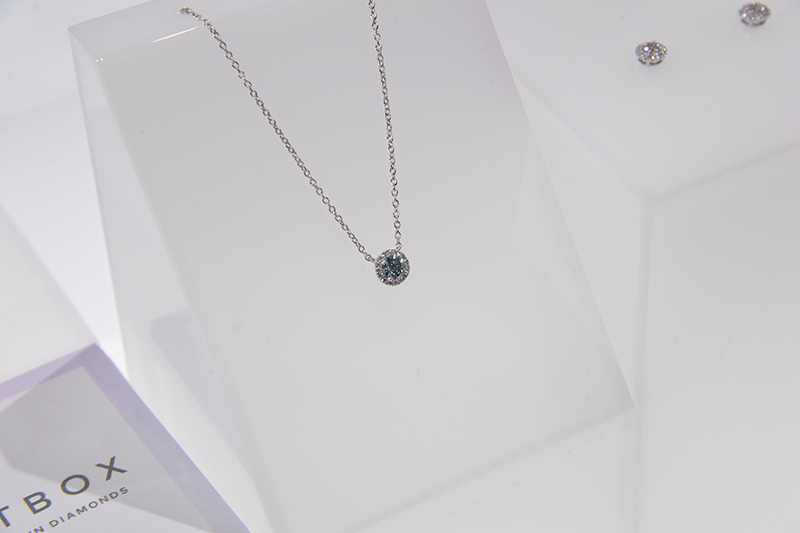
Morrison and her team—many of whom were clad in on-brand blue and pink sweaters—are learning that first-hand while manning the pop-up, which is set to remain open through Sunday.
Like the Blue Nile “webrooms,” the Lightbox pop-up is not selling the product it’s showing; customers cannot walk out with a little box of jewelry in their hands.
They can, however, order jewelry from an iPad set up in the left-front corner of the pop-up, or shop on the brand’s website after they leave.
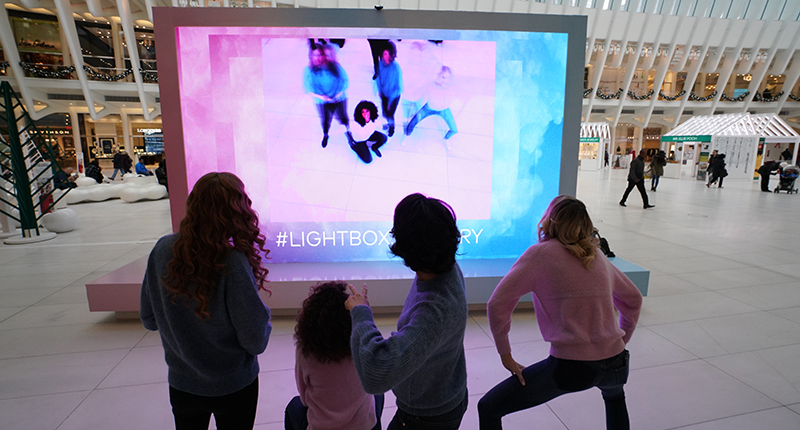
De Beers announced just before the Las Vegas jewelry trade shows it would begin selling lab-grown diamonds, sparking a flurry of commentary in the industry.
Some applauded the move, claiming that the current crop of companies selling man-made diamonds are overcharging and De Beers’ pricing model would serve as a regulator.
Some existing sellers of lab-grown diamonds accused De Beers of predatory pricing, while retailers worried how Lightbox would impact sales of lower-end diamond fashion jewelry in their stores and bemoaned the addition of another supplier selling direct to the public.
RELATED CONTENT: Is De Beers’ Lab-Grown Line a Fit for Signet?The company has said it will make Lightbox available to brick-and-mortar jewelers in the future.
Morrison said Tuesday a brick-and-mortar test run is planned for 2019, though De Beers has not yet decided which retailers will carry the line.
In the meantime, the man-made diamonds continue to move online and Morrison is not ruling out the possibility of another pop-up.
She said that selling online and having this physical space is teaching them a lot about what consumers do, and don’t, like about the product.
“I think it’ll be better to go into brick-and-mortar (stores) when we know more about the customer and the response to the product,” she said.
The Latest

A choice that’s generated a lot of commentary, Pantone says “Cloud Dancer” marks a fresh start and encourages relaxation and creativity.

The man was charged with theft, accused of ingesting the necklace while in a jewelry store in Auckland, New Zealand.

How Jewelers of America’s 20 Under 40 are leading to ensure a brighter future for the jewelry industry.

The Florida independent expanded its store from 8,000 to 14,000 square feet, fulfilling the vision of its late co-founder, Jim Dunn.

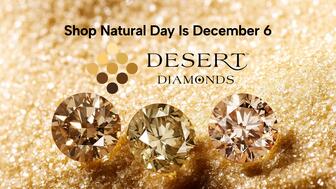
Sponsored by De Beers Group
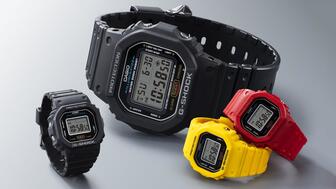
The classic 5600 series G-Shock has been scaled down to about a tenth of its size, becoming a fully functioning watch ring.

Roseco’s 704-page catalog showcases new lab-grown diamonds, findings, tools & more—available in print or interactive digital editions.

The association’s annual conference and gala will take place Feb. 4, 2026, during the Tucson gem shows.

The January show will include a workshop for jewelry retailers on implementing AI to strengthen their businesses.
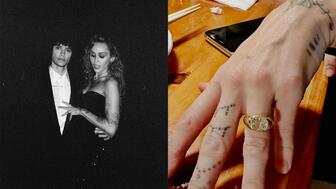
Fellow musician Maxx Morando proposed to the star with a chunky, cushion-cut diamond ring designed by Jacquie Aiche.
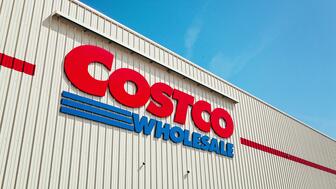
The retailer, which sells billions in fine jewelry and watches, is suing the Trump administration and U.S. Customs and Border Patrol.
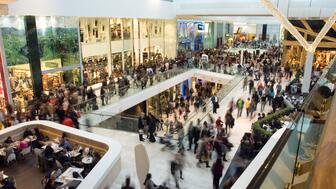
Black Friday is still the most popular shopping day over the five-day holiday weekend, as per the National Retail Federation’s survey.
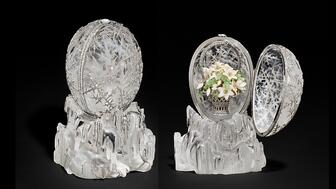
The historic egg, crafted for Russia's ruling family prior to the revolution, was the star of Christie’s recent auction of works by Fabergé.
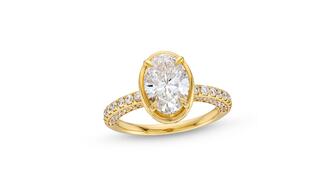
The retailer offered more fashion jewelry priced under $1,000, including lab-grown diamond and men’s jewelry.
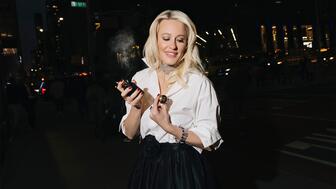
The eau de parfum is held in a fluted glass bottle that mirrors the decor of the brand’s atelier, and its cap is a nod to its “Sloan” ring.

Vivek Gadodia and Juan Kemp, who’ve been serving as interim co-CEOs since February, will continue to lead the diamond mining company.
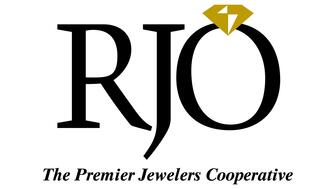
Witt’s Jewelry in Wayne, Nebraska, is the organization’s new milestone member.

Laurs is the editor-in-chief of Gem-A’s The Journal of Gemmology and an expert on the formation of colored gemstone deposits.
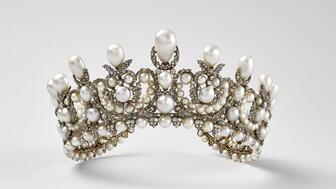
The man, who has a criminal history, is suspected of being the fourth member of the four-man crew that carried out the heist.
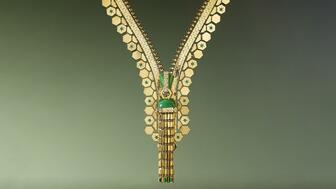
The single-owner collection includes one of the largest offerings of Verdura jewels ever to appear at auction, said Christie’s.
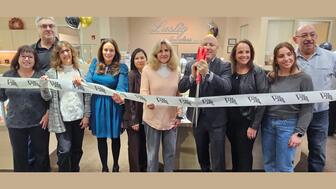
Michael Helfer has taken the reins, bringing together two historic Chicago jewelry names.
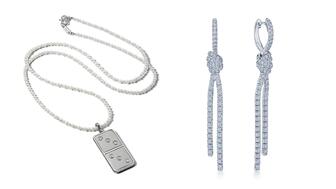
The guide features all-new platinum designs for the holiday season by brands like Harwell Godfrey, Ritani, and Suna.
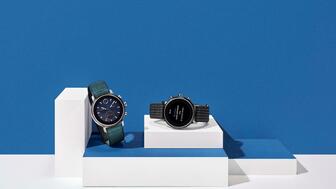
During its Q3 call, CEO Efraim Grinberg discussed the deal to lower tariffs on Swiss-made watches, watch market trends, and more.
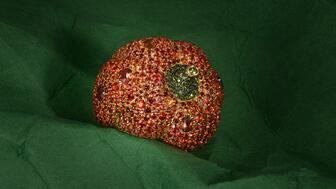
Rosior’s high jewelry cocktail ring with orange sapphires and green diamonds is the perfect Thanksgiving accessory.

The “Embrace Your True Colors” campaign features jewels with a vibrant color palette and poetry by Grammy-nominated artist Aja Monet.
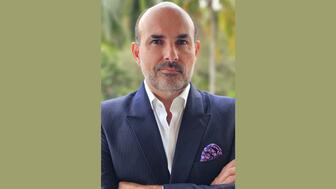
Luxury veteran Alejandro Cuellar has stepped into the role at the Italian fine jewelry brand.










